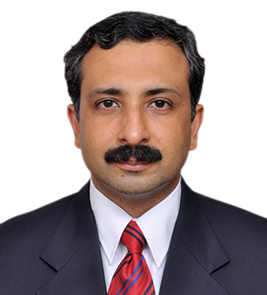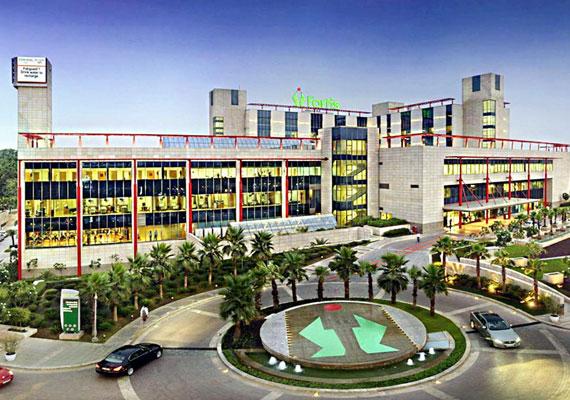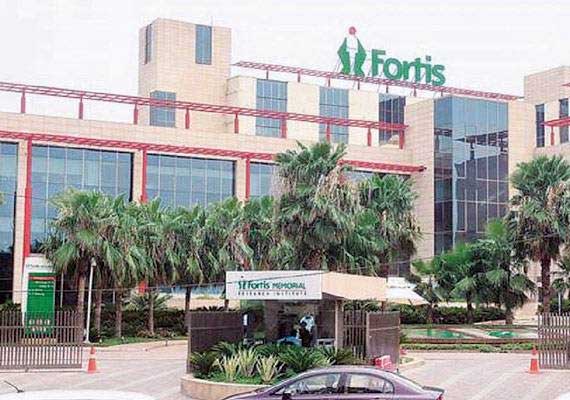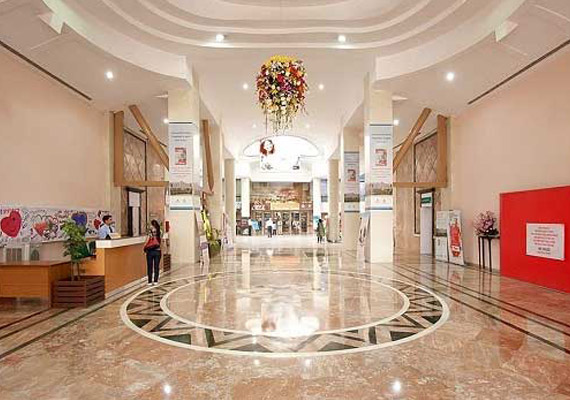Truncus Arterious Repair Treatment in India
treatment
starting from
Introduction
Truncus arteriosus is a rare congenital heart defect that affects the normal development of the heart during fetal growth. In this condition, the pulmonary artery and the aorta fail to separate properly, resulting in a single large blood vessel arising from both ventricles. This fusion creates a mixture of oxygenated and deoxygenated blood, putting immense strain on the heart and the lungs. Truncus arteriosus requires immediate medical intervention, and surgical repair is the most common and effective treatment. In this blog, we will delve into the intricacies of truncus arteriosus repair, exploring the surgical procedure and the transformative impact it has on the lives of affected individuals.
Understanding Truncus Arteriosus
Before delving into the repair procedure, let's take a moment to understand truncus arteriosus and its impact on the heart's functioning. In a healthy heart, the aorta carries oxygenated blood from the left ventricle to the body, while the pulmonary artery carries deoxygenated blood from the right ventricle to the lungs for oxygenation. However, in cases of truncus arteriosus, both the aorta and pulmonary artery arise from a single vessel, resulting in a mixed flow of blood.
This condition leads to several complications, including inadequate oxygen supply to the body, increased workload on the heart, and potential damage to the lungs over time. Symptoms often appear shortly after birth and may include bluish skin (cyanosis), difficulty breathing, poor feeding, and fatigue. If left untreated, truncus arteriosus can lead to severe complications such as heart failure, respiratory problems, and developmental delays.
The Surgical Repair
Truncus arteriosus repair is a complex surgical procedure that aims to separate the pulmonary artery from the aorta, allowing the two blood vessels to function independently. The surgery is typically performed during the first few months of life, ideally within the first few weeks after birth, to prevent further damage to the heart and improve the child's chances of a healthier life.
The surgical repair procedure can be summarized in the following steps:
- Anesthesia: Before the surgery begins, the child is put under general anesthesia to ensure they remain unconscious and pain-free throughout the operation.
- Chest Incision: The surgeon makes an incision in the child's chest to access the heart and the faulty blood vessels.
- Heart-Lung Bypass: To perform the repair, the surgeon places the child on a heart-lung bypass machine. This machine temporarily takes over the functions of the heart and lungs, allowing the surgeon to work on the heart in a bloodless environment.
- Separation of the Vessels: The surgeon carefully separates the pulmonary artery from the aorta, creating two distinct blood vessels. In some cases, a patch may be used to close the hole in the wall of the heart that remains after the separation.
- Closing the Incision: After the repair is complete, the surgeon closes the incision in the chest using sutures or surgical staples.
Recovery and Outlook
Following the surgery, the child is closely monitored in the intensive care unit (ICU) to ensure the heart is functioning properly. Recovery times can vary, but with modern medical advancements and attentive post-operative care, many children show remarkable progress in a relatively short time.
With successful truncus arteriosus repair, the heart can function more efficiently, and the body receives a better supply of oxygenated blood. As a result, the child's overall health and quality of life improve significantly. However, long-term follow-up care is essential to monitor the heart's condition, growth, and development.
Conclusion
Truncus arteriosus repair is a life-changing surgical procedure that restores hope for children born with this complex congenital heart defect. Thanks to the skill and dedication of cardiac surgeons, along with advances in medical technology and post-operative care, many affected individuals can go on to lead healthy and fulfilling lives.
Early diagnosis, prompt medical intervention, and ongoing support for affected children and their families are critical in improving outcomes. Through continued research and awareness, we can pave the way for even better treatments and outcomes, offering a brighter future for those born with truncus arteriosus.
How It Works
Need help in organizing medical travel to India?












